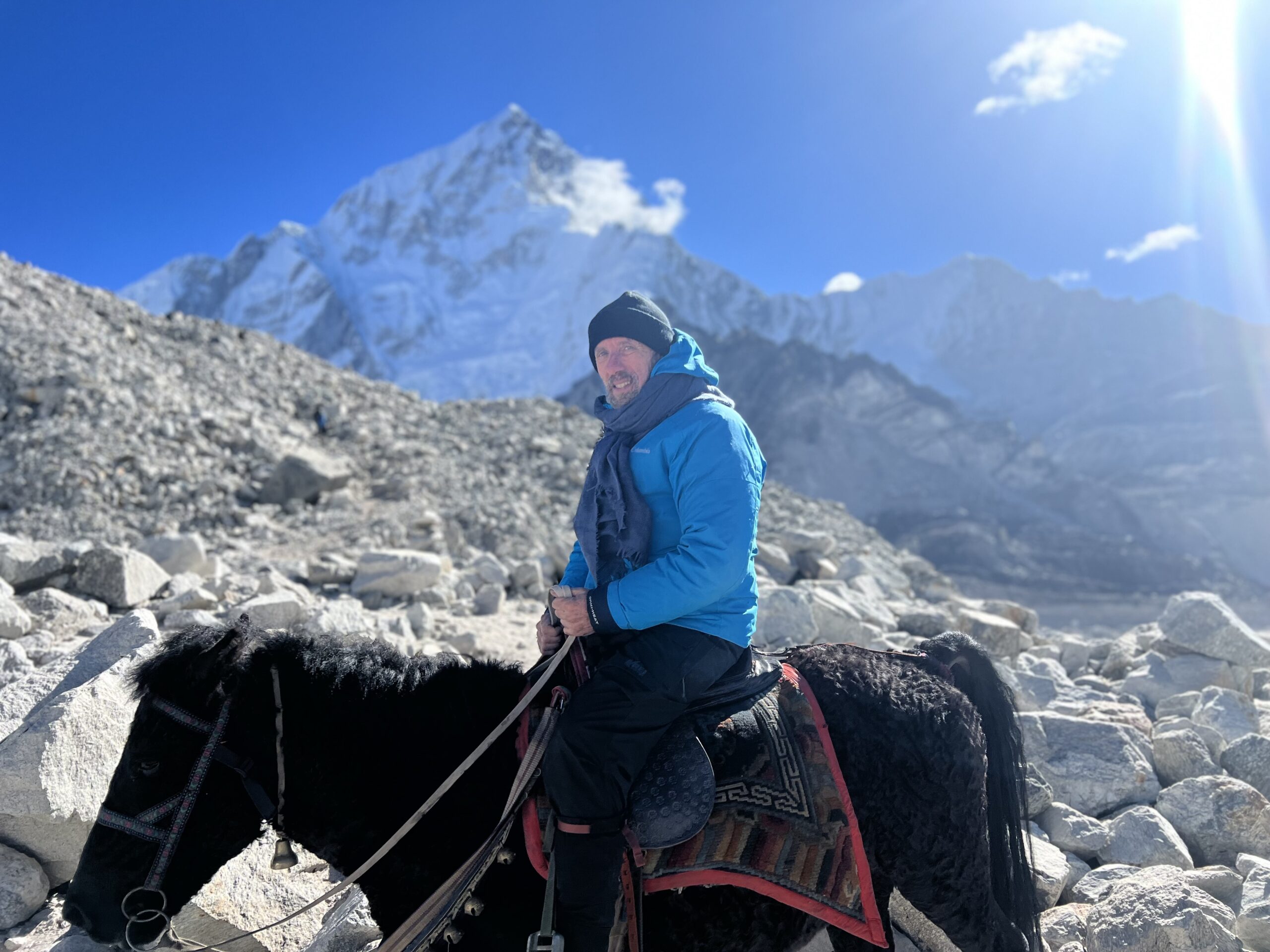The Horse Riding Trek to Everest Base Camp is an unparalleled adventure that immerses you in the heart of the Everest Region, not by foot, but astride Tibetan Ponies. Access Nepal serves as your guide through awe-inspiring landscapes, guiding you from Lukla to the iconic Everest Base Camp, where altitudes soar to 5,263 meters.
Preparation
Lack of horse riding experience? Worry not! The Horseback Trek to Everest Base Camp caters to all. Our well-trained Tibetan horses, under the guidance of local experts, effortlessly navigate the challenging mountain paths. Safety remains paramount, with our local guides ensuring all necessary precautions are in place. As these steadfast companions carry you along the trail, relish the exhilaration of discovering breathtaking panoramas. We recommend prior training for high-altitude endurance to tackle challenges such as Acute Mountain Sickness.
Insight into the Everest Base Camp Horseback Trek
The 14-day Horseback Trek to Everest Base Camp offers a more relaxed, sustainable, and distinctive adventure. Opting for horseback riding minimizes physical strain, providing a unique vantage point of this trekking haven. The journey is eco-friendly, eschewing chartered flights and creating job opportunities for local horse riders, porters, and guides. Revel in the rarity of experiencing Everest Base Camp on horseback, a privilege embraced by the fortunate few.
Highlights of Everest Base Camp Horseback Trek
- Conquer the rugged terrain atop Tibetan Ponies, presenting a thrilling departure from the typical trekking experience.
- Traverse through mesmerizing landscapes, commencing from Lukla and culminating at the renowned Everest Base Camp, elevating your journey to 5,263 meters above sea level.
- Journey through Sherpa villages such as Phakding, Jorsale, and Namche, providing an authentic insight into the local culture along the way.
- Awe-inspiring views of Everest, Lhotse, Nuptse, Ama Dablam, and Makalu. Ascend to Kala Patthar for panoramic vistas of these towering peaks.


